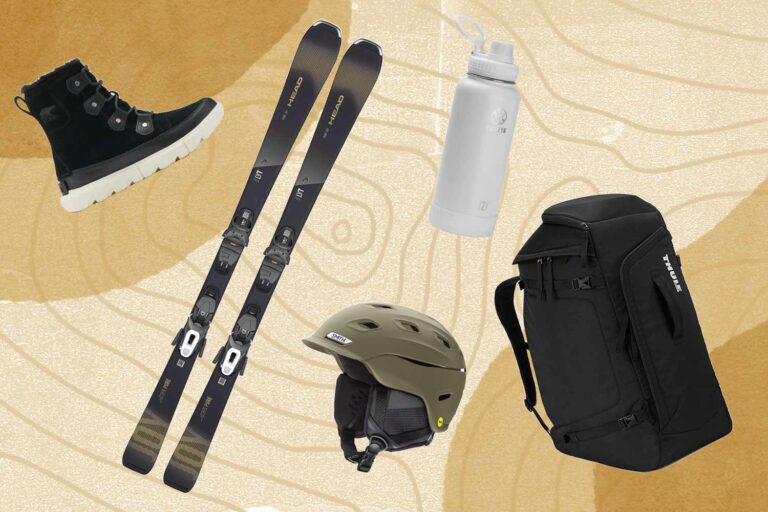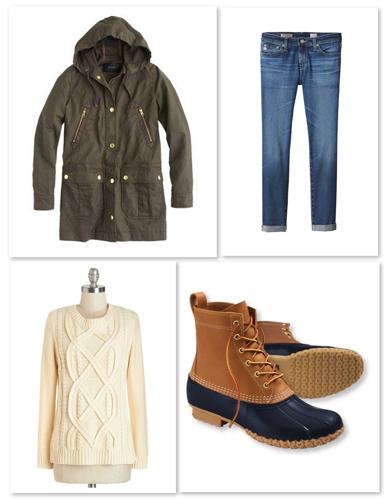To stay warm while rock climbing in winter, wear layers and opt for moisture-wicking fabrics. In winter, rock climbing enthusiasts face the challenge of staying warm while engaging in their favorite activity.
The key to comfort in colder temperatures is to dress in layers that can be easily adjusted based on the conditions. Start with a moisture-wicking base layer to help keep sweat away from the body and prevent chilling. Add a mid-layer, such as a fleece jacket, for insulation and warmth.
Top it off with a windproof and waterproof outer layer to protect against the elements. Additionally, wearing warm socks, gloves, and a hat is essential to maintain body heat. By appropriately layering and choosing appropriate fabrics, you can ensure a comfortable and enjoyable rock climbing experience even in chilly winter weather.

Credit: angelatravels.com
Layering For Cold Weather Climbing
What to Wear Rock Climbing in Winter
When rock climbing in winter, proper layering is essential to keep yourself warm and protected from the elements. By following these guidelines, you can ensure comfort and safety during your climbing adventures.
Base Layer: Keeping Warm and Dry
Your base layer is the foundation of your cold-weather climbing attire. It should be made of moisture-wicking materials such as merino wool or synthetic fabrics like polyester. These fabrics will keep you warm by wicking away sweat from your body, preventing you from feeling damp and chilled. Consider investing in long-sleeved base layer tops and bottoms to provide maximum coverage.
Mid Layer: Insulation and Breathability
The mid layer adds insulation and should provide breathability as well. Look for fleeces or down jackets that offer warmth while allowing moisture to escape. Opt for layers that offer flexibility, as you’ll want to accommodate your movements while climbing. Remember, multiple thin layers are better than one thick layer as they allow for easier temperature regulation.
Outer Layer: Protection from Wind and Precipitation
Your outer layer is your first line of defense against wind, snow, and rain. Choose a waterproof and wind-resistant jacket and pants combination. Look for features like adjustable hoods and cuffs to seal out the elements. Additionally, consider wearing gaiters to protect your boots and lower legs from snow and ice. A pair of durable gloves and a warm hat are also essential to keep your extremities protected from the cold.
Essential Winter Climbing Accessories
When it comes to winter climbing, having the right accessories is crucial for a safe and enjoyable experience. One important accessory is winter climbing gloves, which are designed to keep your hands warm and provide a secure grip. These gloves are typically insulated and have reinforced palms to ensure maximum durability and dexterity. Another essential accessory is insulated climbing shoes. These shoes not only provide excellent traction on icy surfaces but also help to keep your feet warm during cold weather. Additionally, wearing a balaclava or face mask is important to shield your face from harsh elements such as snow, wind, and low temperatures.
| Winter Climbing Gloves | Insulated Climbing Shoes | Balaclava or Face Mask |
|---|---|---|
| Keep hands warm | Maintain traction | Shield face from elements |
| Secure grip | Provide warmth | Protect against snow, wind, and cold |
| Reinforced palms | Durable and grippy |
Safety Gear For Winter Climbing
When rock climbing in winter, it’s crucial to have the appropriate safety gear to protect yourself from potential hazards. One essential piece of equipment is a **helmet**, which safeguards your head from falling ice and rock. Falling objects can cause serious injury, so a sturdy helmet is a must.
Navigating icy terrain requires specialized tools like an **ice axe** and **crampons**. The ice axe helps with stability and can be used for self-arrest in case of a fall, while crampons provide traction on icy surfaces, preventing slips and falls.
In avalanche-prone areas, it’s vital to have an **avalanche beacon** and **shovel**. Avalanche beacons emit signals that can aid in locating climbers buried under snow. A shovel is used to dig out trapped individuals swiftly, increasing their chances of survival.
By wearing the appropriate safety gear, such as a helmet, ice axe, crampons, and carrying an avalanche beacon and shovel, you can ensure your safety while rock climbing in winter.
Frequently Asked Questions For What To Wear Rock Climbing In Winter
What Do You Wear To Rock Climbing In The Winter?
For winter rock climbing, dress in layers for warmth, with a moisture-wicking base layer, insulating middle layer, and a waterproof outer layer. Wear a warm hat, gloves, and suitable footwear with solid grip. Keep in mind the specific climbing conditions and adjust clothing accordingly.
What Do You Wear To Bouldering In The Winter?
For winter bouldering, wear layers of moisture-wicking clothing. A long-sleeved shirt, fleece or sweatshirt, and a puffy jacket are ideal. Opt for quick-drying pants or leggings and bring gloves, hats, and warm socks. Don’t forget sturdy, warm footwear for better grip on the rocks.
What Do You Wear Outdoor Climbing In The Winter?
For outdoor climbing in the winter, it’s important to dress in layers for warmth and flexibility. Start with a moisture-wicking base layer, add a insulating mid-layer, and finish with a windproof and waterproof outer layer. Don’t forget warm gloves, a hat, and sturdy boots for traction.
Can You Rock Climb In The Winter?
Yes, you can rock climb in the winter. However, it is important to take safety precautions and be aware of potential hazards caused by cold weather. Make sure to dress warmly, check for any icy or hazardous conditions, and use appropriate equipment.
Conclusion
To conclude, dressing appropriately for winter rock climbing is essential to ensure your safety and enjoyment. By layering your clothing, wearing moisture-wicking fabrics, and investing in proper gear, you can stay warm and comfortable during your climbing adventures. Remember to prioritize insulation, breathability, and freedom of movement in your attire.
With the right clothing choices, you can conquer any winter climbing challenge while staying protected from the elements. Happy climbing!






